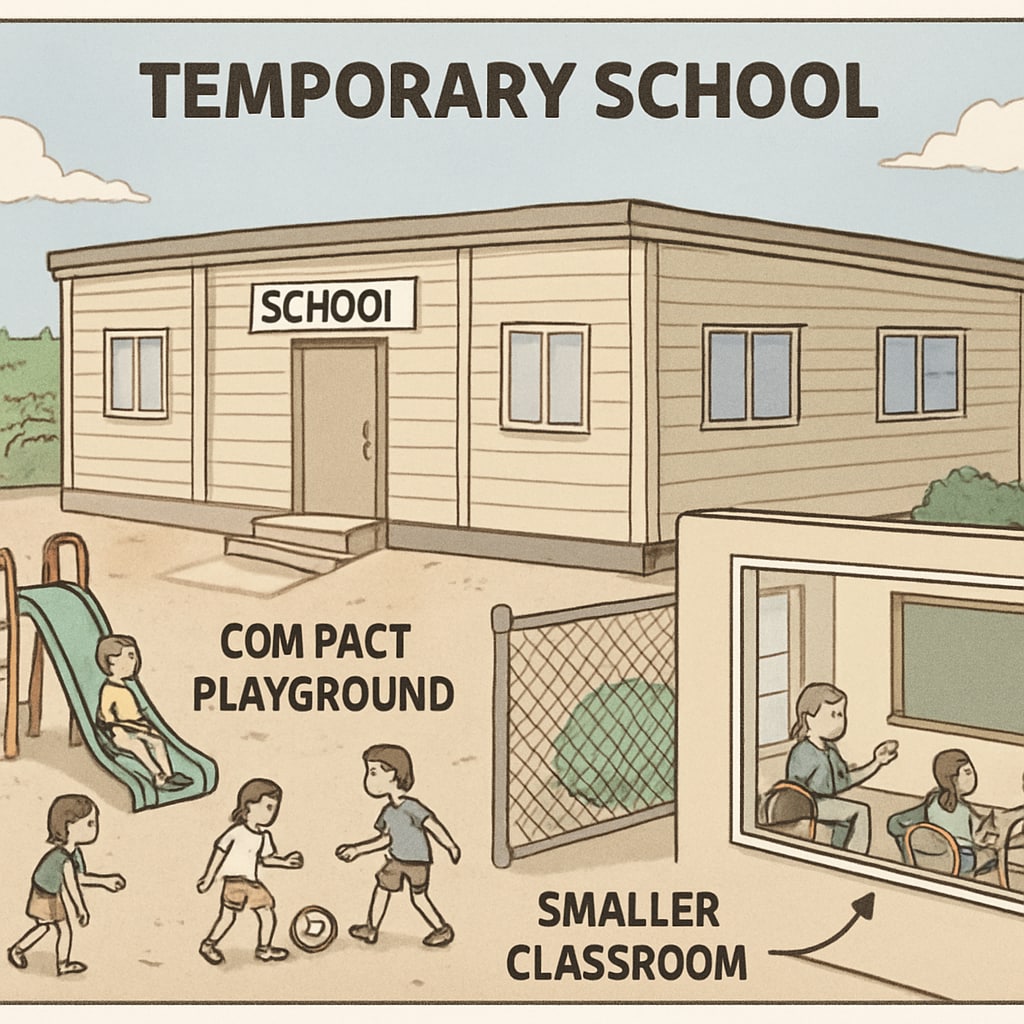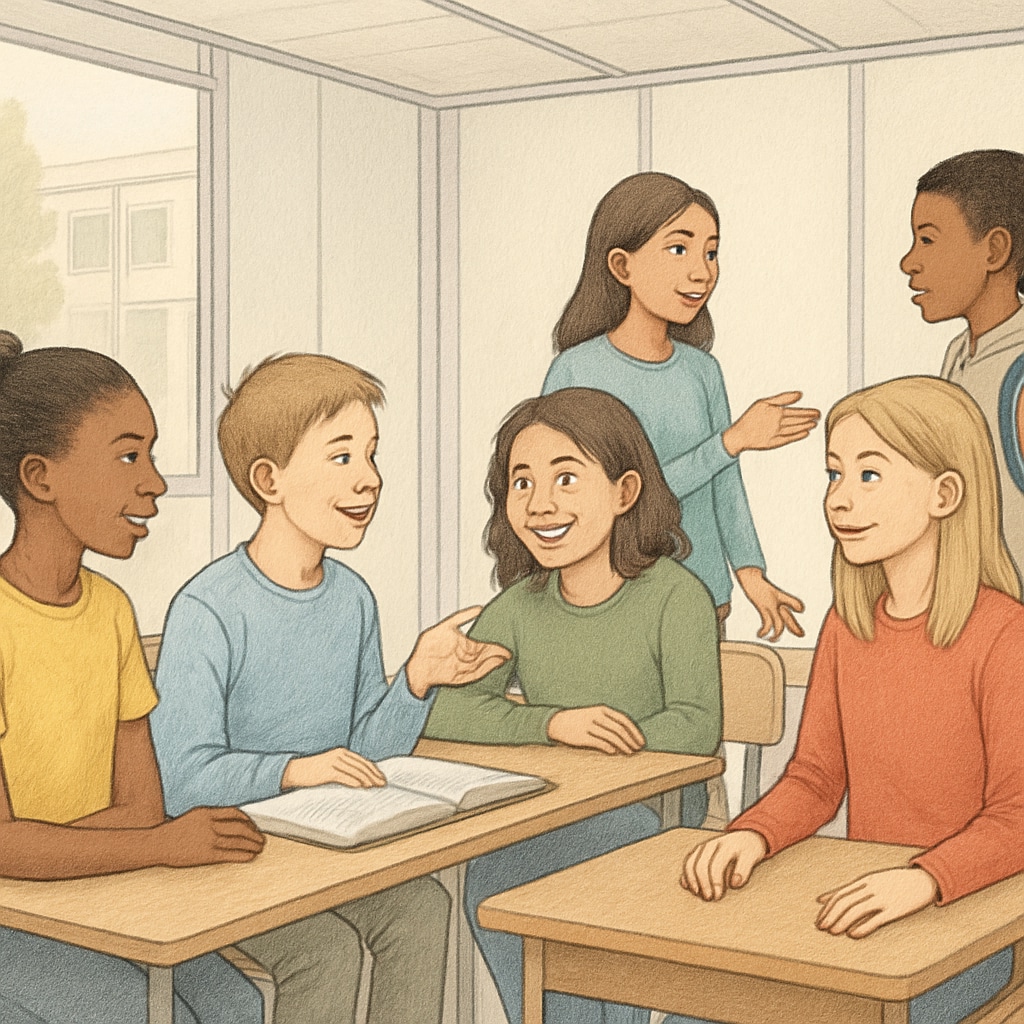Temporary school relocation, often required during renovations, poses a multifaceted challenge for students, educators, and parents alike. The shift affects not only the physical aspects of the learning environment but also the emotional and social experiences of young learners. Key components such as playground facilities, parental engagement, and overall campus atmosphere significantly influence children’s development during these transitional periods.
How Temporary Relocation Alters Children’s Learning Environment
One of the most noticeable changes during school relocation is the physical environment. New, often smaller, campuses may lack adequate playground facilities, limiting students’ opportunities for outdoor play and physical activity. These changes can affect children’s motor skills development and overall well-being.
Additionally, classroom spaces may be constrained, creating challenges for collaborative learning and active exploration. Limited resources in temporary locations, such as fewer books or technological tools, may impact the quality of education delivered. For example, Britannica’s overview on education highlights how environmental factors directly contribute to learning outcomes.

The Impact on Social and Emotional Development
Relocation often disrupts students’ social routines. Familiar peer groups may be scattered due to logistical changes, and new dynamics in temporary settings can lead to stress or anxiety. Younger children, in particular, may struggle to adapt to unfamiliar surroundings, impacting their emotional stability and sense of belonging.
Teachers also face challenges in fostering a cohesive classroom environment. A study on child development from Wikipedia underscores the importance of stable environments for emotional growth. Uncertainty during relocation can hinder children’s ability to form strong relationships with educators and peers.

Parental Involvement and Engagement: A Hidden Challenge
Temporary campuses often reduce opportunities for parental participation. Restricted access, unfamiliar layouts, or limited communication channels can make it harder for parents to remain actively involved in their children’s education. This reduced engagement can weaken the crucial home-school connection that supports students’ academic and personal growth.
Furthermore, logistical issues such as longer commutes or unclear schedules can add stress for families. As a result, parents may feel disconnected, impacting their ability to collaborate effectively with teachers and administrators to support their children’s needs.
Strategies to Mitigate the Impact of Relocation
To ensure children continue to thrive during a temporary school relocation, schools and families must work together to address the challenges. Key strategies include:
- Enhancing communication between schools and parents, such as through regular newsletters or virtual meetings.
- Creating a welcoming environment in temporary campuses, with clear signage and designated parent spaces.
- Providing additional support for students, including counseling services and peer mentorship programs.
- Investing in portable educational resources to bridge gaps in classroom materials.
By proactively addressing these areas, schools can better manage the transition and minimize disruption to children’s education and development.
Readability guidance: This article uses concise paragraphs, clear headings, and lists to improve readability. Active voice is prioritized, while passive voice is minimized to ensure clarity. Transitions like “however,” “in addition,” and “for example” are used consistently to guide readers through the arguments.


